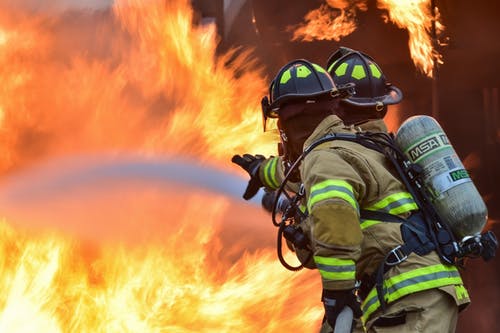
An Overview of the Varieties and Waste Management of Biohazards
Did you know that there are different kinds of waste? The distinction is not only constrained to biodegradable and nonbiodegradable. In reality, these two have diversified, consequently developing multiple varieties. One of the most notable types of waste is professionally called biohazardous waste. Get to know more concerning the categories under this enhanced classification and the best way to properly get rid of these wastes by reading this article.
Biohazardous Waste Categories
Healthcare facilities can generate more than a mass of scrap and trash daily. The majority of the contents in the composite bag are hazardous, considering the infectious nature, thereby posing a threat when handled and discarded poorly. In fact, there are a variety of known biohazards with recognized techniques of disposal apiece. These differ in numerous ways, from waste bags to handling methods.
Solid Biohazardous Waste
Non-sharp mediums are the primary materials included in this category. First, medical practitioners’ disposable personal protective equipment, for instance, bodysuits, gloves, face and foot masks. Second, items in close proximity to biological compounds like plasticware apparatuses, including towels, bench papers, and culture or specimen containers.
Proper Disposal
Commonly, these wastes should be collected in moderately thick, leakproof red or orange bags with a biohazard symbol. However, since healthcare facilities are one of the busiest fields worldwide, most opt for a professional biohazard cleanup for safe clinical waste removal. They successfully schedule an appointment by searching for “cleaning companies near me” on the internet.
Liquid Biohazardous Waste
The name of this category declares for itself; this group primarily consists of amounts of liquid solutions. It pertains to human bodily fluids taken from patients for diagnostic procedures, typically processed in a culture medium, microscopic glass slides, and test tubes. The list consists of yet is not limited to blood, bile, mucus, and saliva.
Proper Disposal
The moment the laboratory process wraps up, these samplings are poured and stored in a leakproof container with a biohazard symbol settled in a deep tray. This is done to safeguard these human samples to prevent cross-contamination from one person to another. Trusted restoration companies will be contacted as they have experts in cleaning biohazard for safe disposal and disinfection.
Pathological Biohazardous Waste
Animal and human specimens, excluding any bodily fluid, belong to this category. It includes every part of any species, usually trimmed and removed for additional processing. Basically, the wastes involved in this group are tissues, organs, carcasses, and corpses that can be infectious and contaminated with different clinical solutions.
Proper Disposal
The materials under this category are gathered and stored in a red or orange bag with the universal biohazard symbol plus the term pathological waste. This will then be routed to a satellite facility for safe disposal. Once the process wraps up, the clinical facility must set up extensive biohazard cleanup from a trusted local property damage restoration company.
Sharp Biohazardous Waste
The wastes under this category are the fragile medical apparatus and equipment sharp enough to penetrate and contaminate the skin. The biohazards included in this group are primarily the materials used as a medium to process human specimens for diagnostic testing. It features breakable glassware, syringes, scalpels, and vials.
Proper Disposal
In a laboratory, the sharps are stowed in a biohazard-labeled container corresponding to the specified collection procedure for each type of serrated material. The bag will then be closed by gathering, twisting, and tying the top portion, creating a single overhand knot. These wastes will then be routed to a company providing biohazard and restoration cleaning services for safe and secure disposal.

